Simple
Team
Company | Institution
Category
Type
Project description
Simple is an app that helps busy clinicians to manage hypertensive patients by tracking their blood pressure and medications and ensuring, through regular check-ups, that patients stay on treatment. The India Hypertension Control Initiative (IHCI), aims to improve hypertension control by 25% by the year 2025, in order to drastically reduce heart attacks and strokes, which kill millions of Indians. Simple is a key component in that effort.
Simple is an app that helps busy clinicians to manage hypertensive patients by tracking their blood pressure and medications and ensuring, through regular check-ups, that patients stay on treatment.
The India Hypertension Control Initiative (IHCI), aims to improve hypertension control by 25% by the year 2025, in order to drastically reduce heart attacks and strokes, which kill millions of Indians. Simple is a key component in that effort.
Hypertension is a “silent killer.” While easily treatable, one in four adults in India are hypertensive, tending to neglect their treatment because it is asymptomatic. 90% of 200 million hypertensive adults are not on regular treatment.
Nurses and clinicians play an active role in ensuring patients under their care have regular check-ups, but in a large country like India, a typical nurse sees around a hundred patients a day. How then, can she keep track of patients who miss their visits?
Our challenge was to create a system that was:
- Easy to learn and use, even for first time smartphone users;
- Capable of fitting into existing, extremely busy workflows;
- Offline first.
In places like India, a nurse has less than 4 minutes per patient, compared to about 15 minutes in the USA. The IHCI was using paper records which take 2-5 minutes per patient for tracking hypertensive patients but clearly did not scale, even during a small pilot.
We interviewed around 180 doctors and nurses and worked with them to develop concepts through iterative prototyping and testing. Now clinicians use Simple to find and record patients in less than half a minute. This data then allows nurses to easily track patients who have missed their appointments, and remind them over a phone call.
Simple is disruptive because it’s simple. In many countries with rapid patient care, traditional electronic medical records (EMRs) struggle for adoption because they’re hard to learn, hard to deploy, and hard to use during clinical care. So, in a place like India, many hospitals and clinics have no longitudinal record keeping at all. Simple is radically thin—it doesn’t do as much as most EMRs but it fits in the hundreds of thousands of places where other EMRs fail.
Simple is revolutionary because it is engineered to be used on readily available, personal handheld devices. It works great without internet connectivity. Data collected offline syncs opportunistically to secure cloud storage when the phone is in an area with network availability.
Telephonic interviews and field visits with doctors and nurses have been overwhelmingly positive. Simple has optimised patient management, as nurses now spend only half a minute, rather than four to five minutes to attend to paperwork, allowing them to spend more time in counseling patients.
Most of all, Simple actually works. Today, Simple is used in 400 rural hospitals and clinics to manage 130,000+ patients. Simple will be rolled out to most Indian states, Ethiopia, and Bangladesh in 2020. At this time next year, we anticipate having more than a million patients managed in Simple.
Simple is an app that helps busy clinicians to manage hypertensive patients by tracking their blood pressure and medications and ensuring, through regular check-ups, that patients stay on treatment.
The India Hypertension Control Initiative (IHCI), aims to improve hypertension control by 25% by the year 2025, in order to drastically reduce heart attacks and strokes, which kill millions of Indians. Simple is a key component in that effort.
Hypertension is a “silent killer.” While easily treatable, one in four adults in India are hypertensive, tending to neglect their treatment because it is asymptomatic. 90% of 200 million hypertensive adults are not on regular treatment.
Nurses and clinicians play an active role in ensuring patients under their care have regular check-ups, but in a large country like India, a typical nurse sees around a hundred patients a day. How then, can she keep track of patients who miss their visits?
Our challenge was to create a system that was:
- Easy to learn and use, even for first time smartphone users;
- Capable of fitting into existing, extremely busy workflows;
- Offline first.
In places like India, a nurse has less than 4 minutes per patient, compared to about 15 minutes in the USA. The IHCI was using paper records which take 2-5 minutes per patient for tracking hypertensive patients but clearly did not scale, even during a small pilot.
We interviewed around 180 doctors and nurses and worked with them to develop concepts through iterative prototyping and testing. Now clinicians use Simple to find and record patients in less than half a minute. This data then allows nurses to easily track patients who have missed their appointments, and remind them over a phone call.
Simple is disruptive because it’s simple. In many countries with rapid patient care, traditional electronic medical records (EMRs) struggle for adoption because they’re hard to learn, hard to deploy, and hard to use during clinical care. So, in a place like India, many hospitals and clinics have no longitudinal record keeping at all. Simple is radically thin—it doesn’t do as much as most EMRs but it fits in the hundreds of thousands of places where other EMRs fail.
Simple is revolutionary because it is engineered to be used on readily available, personal handheld devices. It works great without internet connectivity. Data collected offline syncs opportunistically to secure cloud storage when the phone is in an area with network availability.
Telephonic interviews and field visits with doctors and nurses have been overwhelmingly positive. Simple has optimised patient management, as nurses now spend only half a minute, rather than four to five minutes to attend to paperwork, allowing them to spend more time in counseling patients.
Most of all, Simple actually works. Today, Simple is used in 400 rural hospitals and clinics to manage 130,000+ patients. Simple will be rolled out to most Indian states, Ethiopia, and Bangladesh in 2020. At this time next year, we anticipate having more than a million patients managed in Simple.

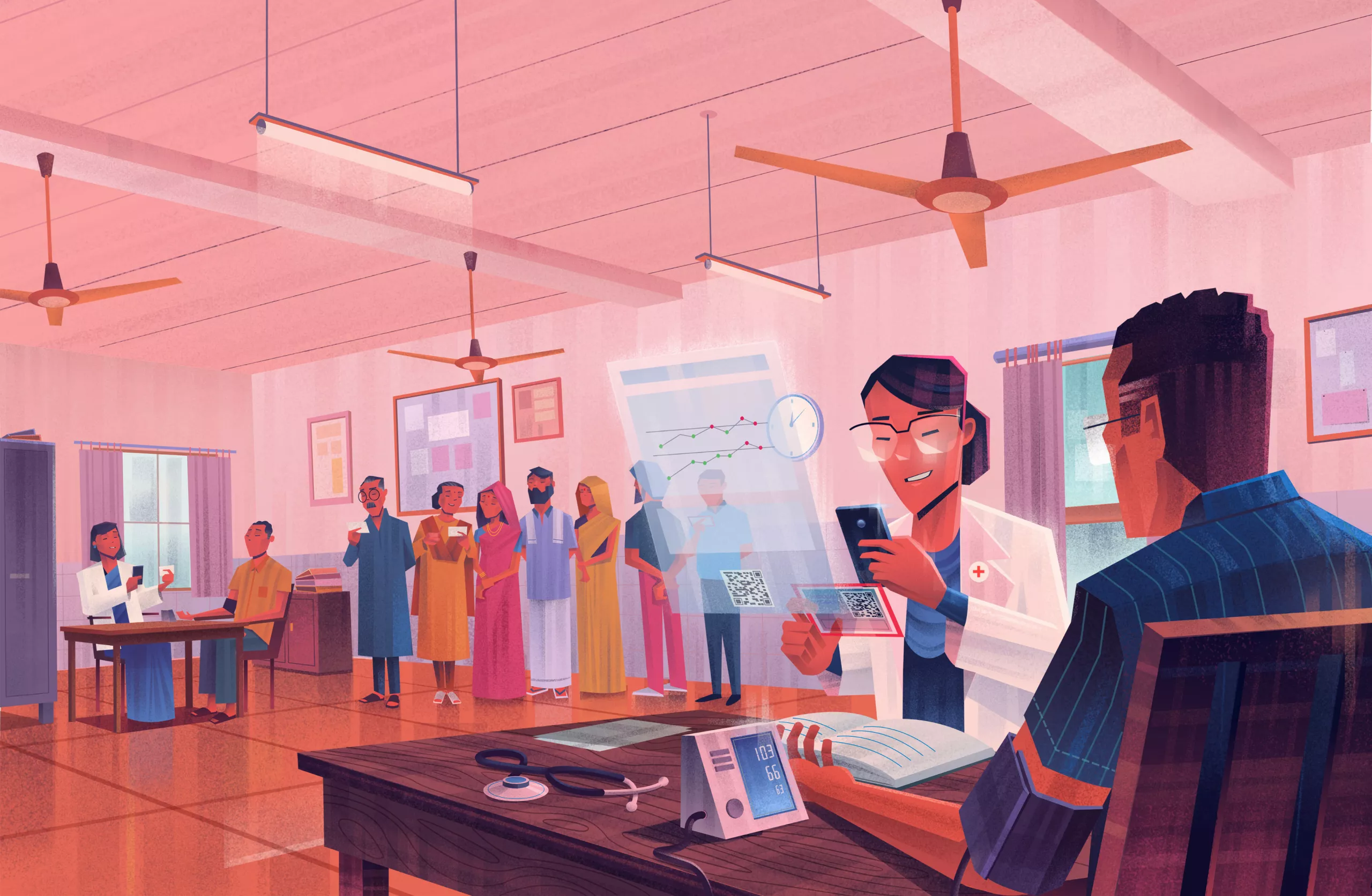
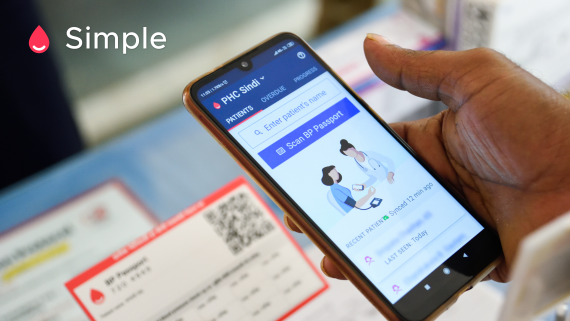

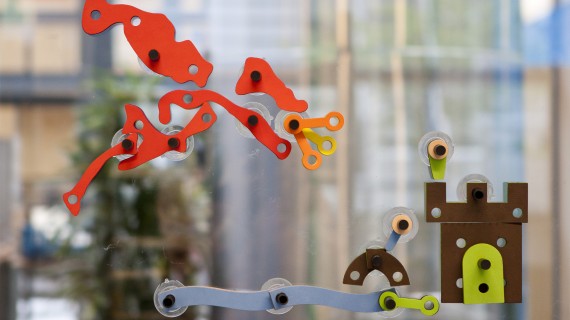
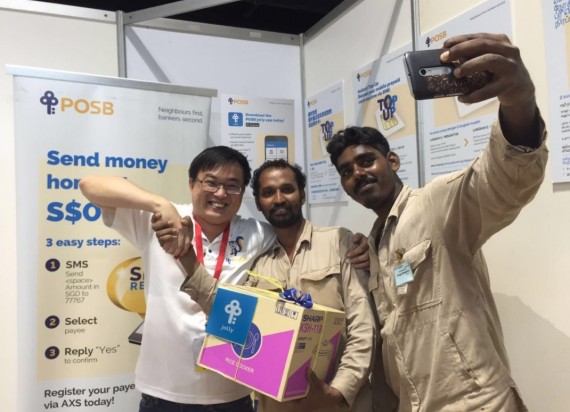
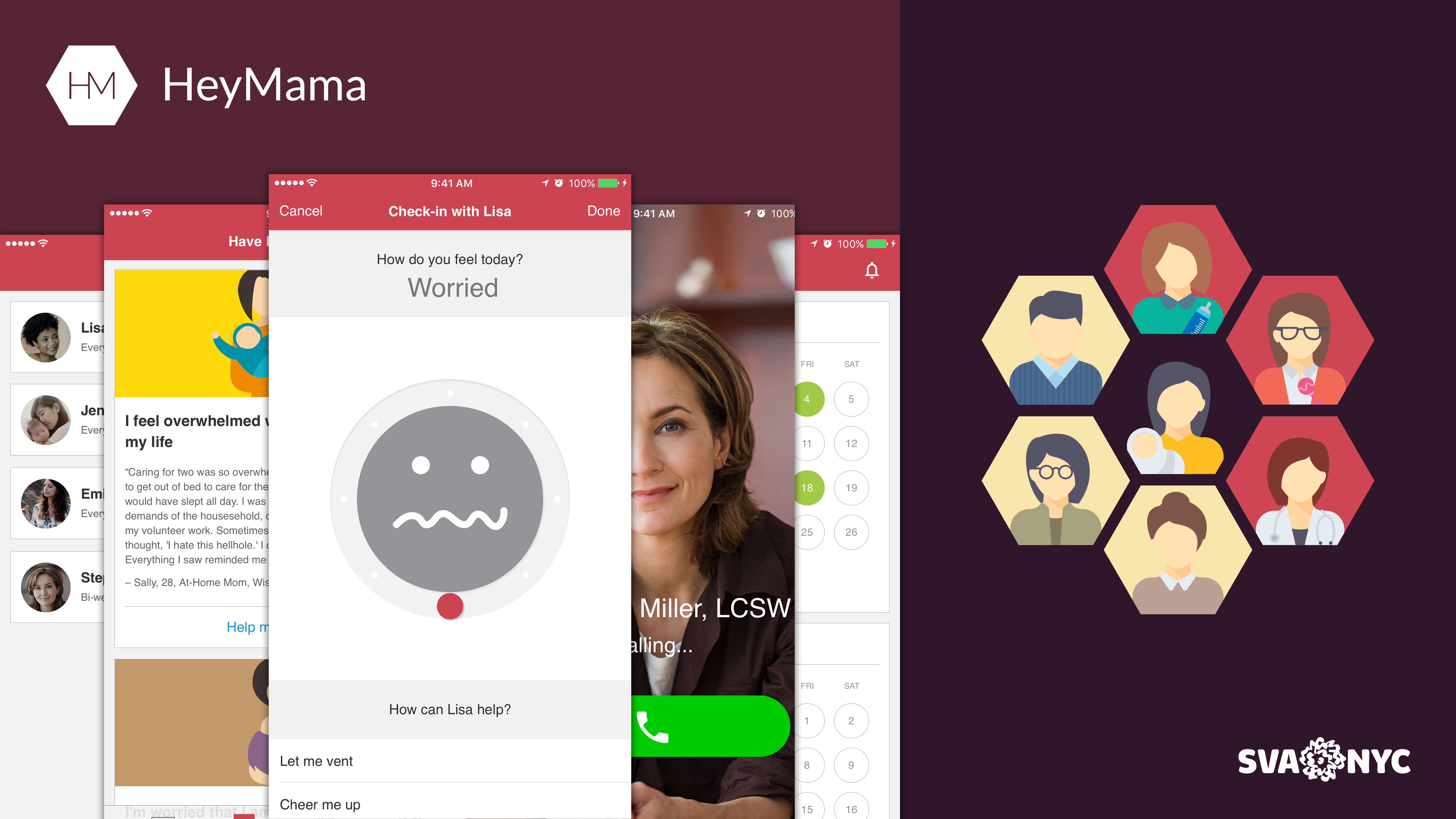
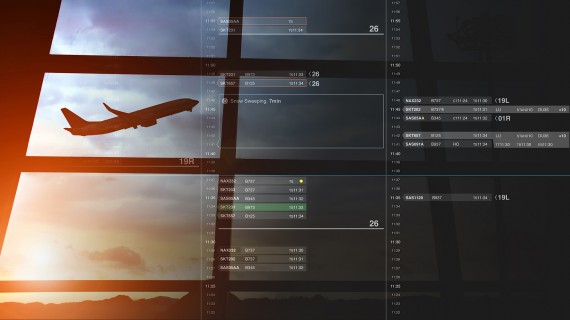

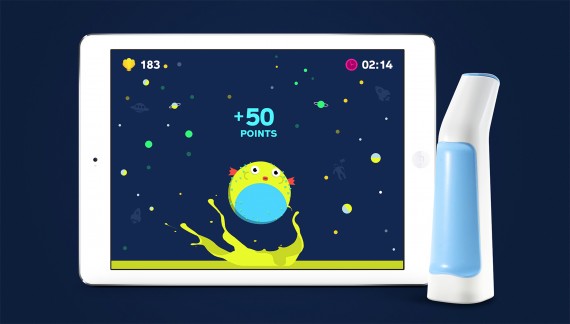
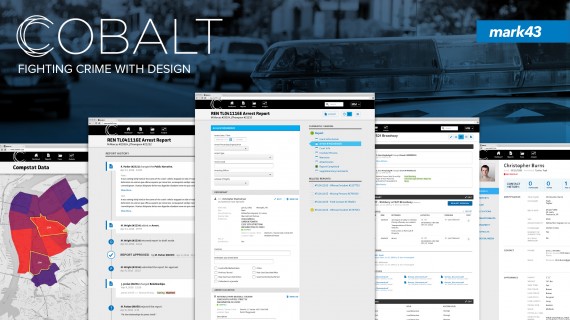
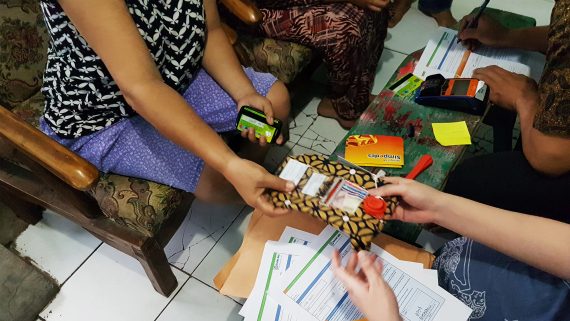
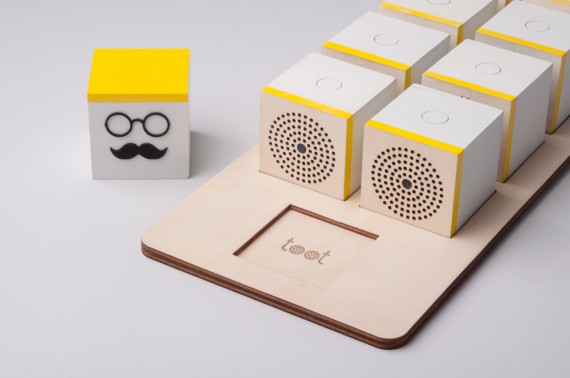
.jpg)